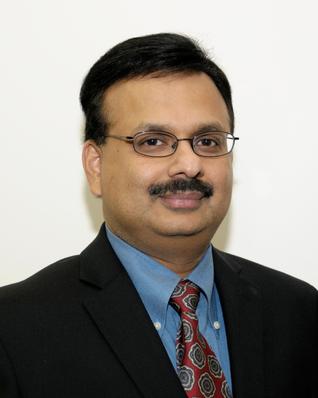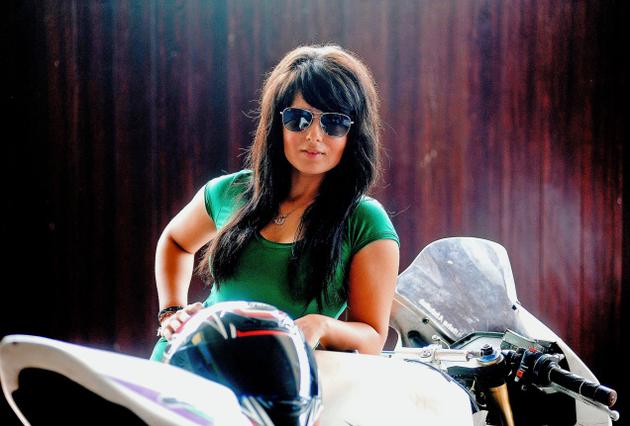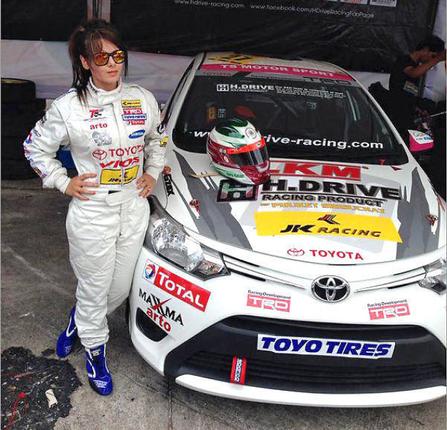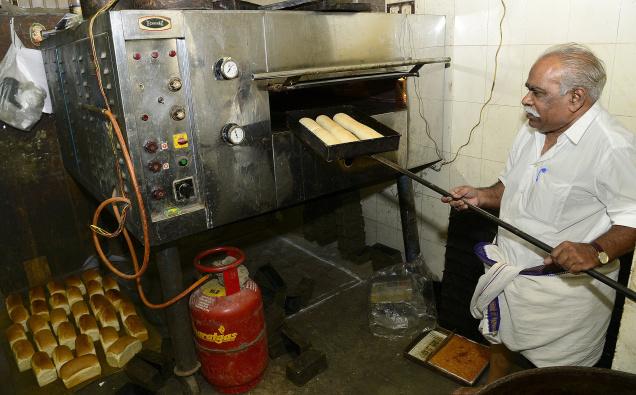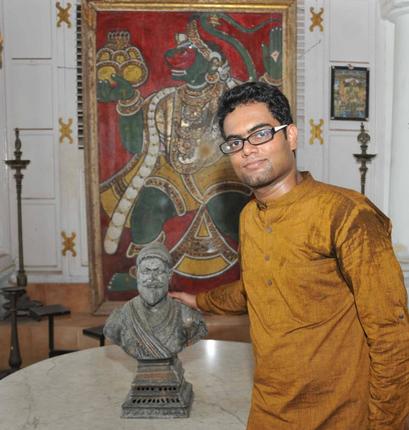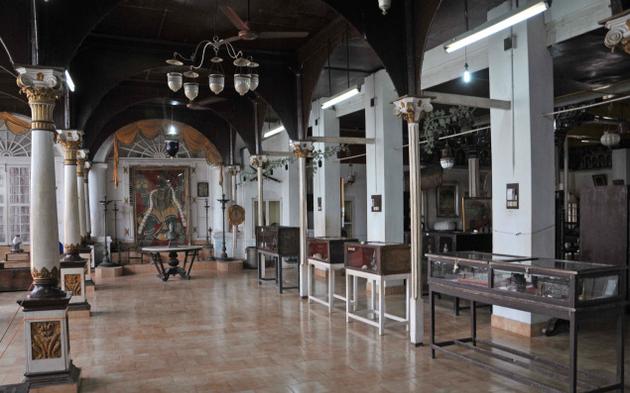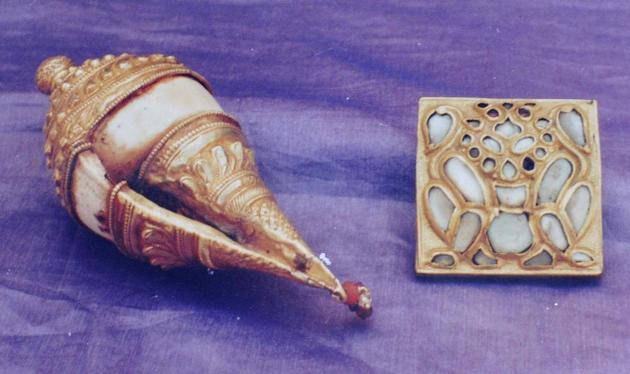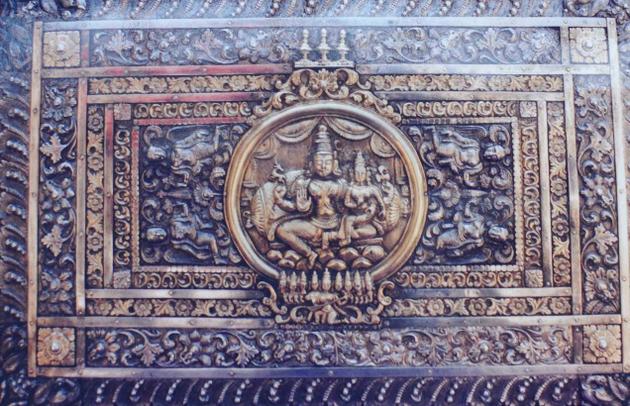Chennai :
Quibble Island’s been creating quite a scene for centuries now. In October 1746, it set the stage for the Battle of Adyar, which several historians believe is one of the most important in modern Indian history. In the battle, a small French force managed to defeat the 10,000-strong army of the Nawab of Arcot, proving not just the superiority of the French, but also how far military training can take an army.
Today, while Quibble Island cemetery hasn’t really been scripted into history books, it is certainly helping Tamil movie directors plot their scenes — a shootout spread across the 10,000 graves, a little body dumping perhaps behind the massive silk cotton tree or the ominous neem tree, a hero staring teary-eyed at the cross on his father’s tomb, or a hooded cobra popping out of a head-stone. According to caretaker Paul Raj, the last movie to be shot there was director Mysskin’s “Onaayum Aatukuttiyum”, which released in 2013. “There is another unit coming here sometime soon,” he says.
The Padmanabhan committee report, which documents historical buildings in Chennai, has categorized the cemetery as a grade 1 structure (meaning it is an important landmark of the city). It forms one of the three groups of cemeteries that grew on the outskirts of the city, all in the early 1900s. The first group had those attached to churches, the second were those that came up near Vepery and Purasawalkam, and third comprise Quibble, and the cemeteries at Kilpauk and Kasimode.
The cemetery, Raj explains, is split down the middle — since 2007, the left comes under the purview of the CSI Thomas English Church and the right is under control of the Santhome Basilica of the Roman Catholic Order.
“There is no more space in the cemetery and so the churches do not accept any ‘new’ burial applications. These are all family graves,” says Raj.
Apart from its rather romantic past as a battlefield, there is nothing very significant about the architecture here other than the typical exposed brick entrance gate with a pointed archway and rooms on either side. Definitely the most striking spot here — the centerpiece if you can call it that — is the tomb of the three children of William and Amelia Donahue, dating to between 1882 and 1885. The children who died a couple of years apart from each other, all of them between the ages of one and three. “I think there must have been a disease or a plague in those years, otherwise how would they all die,” explains Raj(he may be right too, considering small pox was rampant in India).
“Most cemeteries don’t come under the subject of archaeology because they are not that old. Also, a number of them are under private care,” says S Suresh, TN state convener, Indian National Trust for Art and Cultural Heritage (Intach). “But while in terms of architecture there may not be much to conserve, there is certainly a lot in terms of history,” says Suresh, adding that a national scheme to document tomb stones never kicked off.
“For instance, for decades historians searched for the grave of Robert Brucefoote in Chennai. It was finally recently discovered in Yercaud. It was just assumed that Brucefoote, a geologist who is considered the father of pre-historic archaeology in Chennai and whose discoveries are in the Egmore Museum, died here,” says Suresh. “Cemeteries are a link to history and can be marketed in terms of tourism. That in itself will ensure conservation.”
source: http://www.timesofindia.indiatimes.com / The Times of India / Home> City> Chennai / by Kamini Mathai, TNN / September 05th, 2014
